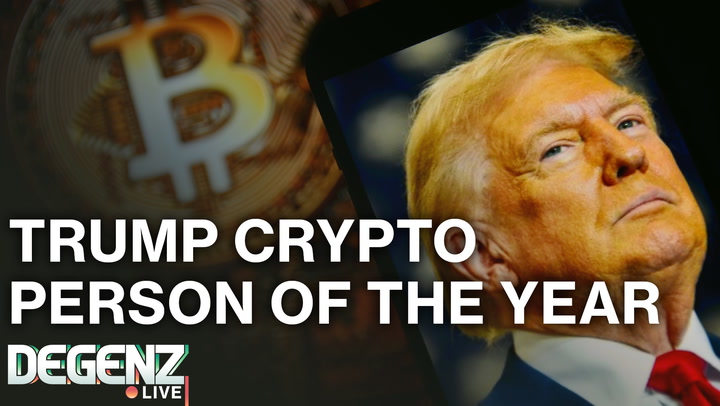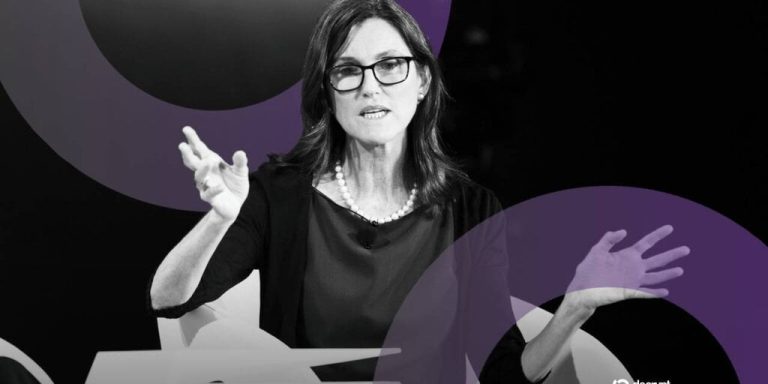
U.S. Bank Embarks on a Stablecoin Journey with Stellar
U.S. Bank, one of the largest banks in the United States, is entering the growing field of blockchain technology by testing its own stablecoin on the Stellar blockchain. This innovative move highlights the bank’s commitment to adapting to the evolving financial landscape and exploring alternative payment solutions.
Working alongside the Stellar Development Foundation and consulting giant PwC, the project aims to showcase how blockchain can revolutionize financial transactions. “It’s another way to move money on a blockchain, and we view blockchain as an innovative payment rail,” said Mike Villano, Senior VP and Head of Digital Asset Products at U.S. Bank in a recent podcast interview discussing the Future of Finance.
Stablecoins: The Banking Revolution
Stablecoins have gained significant traction recently as they merge the benefits of blockchain technology with the stability of traditional fiat currencies. U.S. Bank is the latest in an expanding list of renowned financial institutions, including Citi, Barclays, Goldman Sachs, and Bank of America, that are exploring the practical applications of stablecoins in a trusted, regulatory-compliant environment.
The bank’s stablecoin project comes on the heels of the GENIUS Act, a pivotal legislative piece regulating the issuance and trading of stablecoins. This law has propelled institutional interest in blockchain-powered stablecoins, enhancing trust and promoting the adoption of digital currencies across major financial ecosystems.
Why Stellar for Stablecoins?
Stellar, an established blockchain platform launched in 2014, is recognized for its focus on payments and remittances. Its unique architecture was a significant attraction for U.S. Bank. The Stellar network provides advanced features such as freezing assets and reversing transactions directly at the blockchain layer—capabilities critical for the regulatory and security needs of traditional banking institutions.
“We learned that with Stellar you can handle transaction issues, like freezing assets or unwinding a transaction, at the blockchain’s foundational level rather than building it into your business logic,” Villano explained. This feature makes Stellar particularly suited for integrating financial institutions into the blockchain ecosystem securely and efficiently.
The Road Ahead
Although the project is still in its testing phase, the potential is enormous. Blockchain technology, combined with stablecoins, offers faster, cheaper, and more secure payment solutions, which could transform cross-border payments, remittances, and even day-to-day banking transactions.
This collaboration with Stellar is just one facet of U.S. Bank’s broader strategy. In October, the bank announced it would also handle the reserves for Anchorage Digital’s stablecoins, further cementing its stake in the crypto and Web3 space.
Interested in Blockchain Opportunities?
For those diving into the world of blockchain and Web3, understanding these advancements can provide a strategic edge. If you’re curious about personal blockchain transactions, consider exploring hardware wallets like the Ledger Nano X, a secure and user-friendly device for managing cryptocurrency assets. It’s an ideal companion for staying ahead in the decentralized finance revolution.
Stay tuned for more breaking news and updates as traditional banking meets revolutionary blockchain technology.



